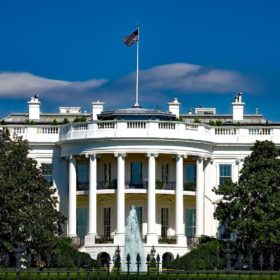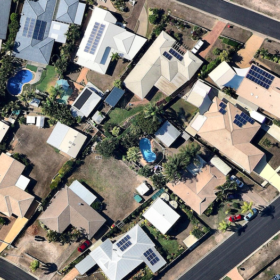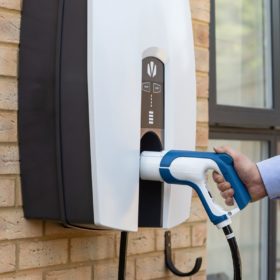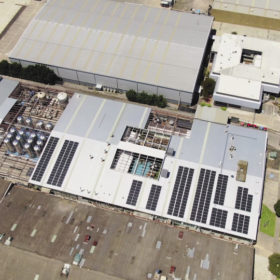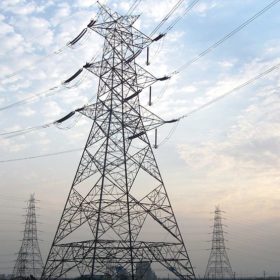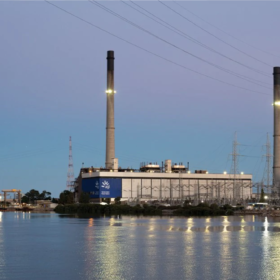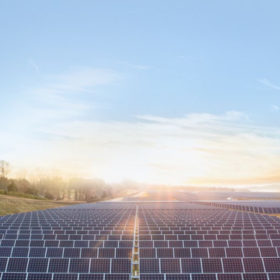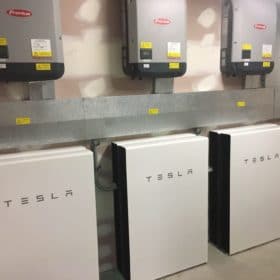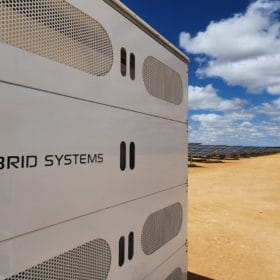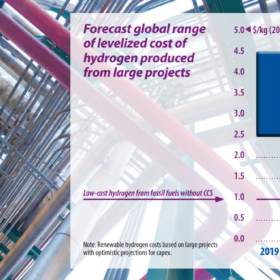Here’s what Biden’s infrastructure bill offers solar and cleantech
The $2 trillion package includes a proposed 10-year extension of the ITC and PTC and calls for further incentives to add transmission capacity. Most solar advocates liked it, but one nonprofit panned it as being too industry-friendly.
Researchers target rooftop solar in hunt for grid security
A new research project being led by the University of New South Wales will investigate how rooftop solar PV and other distributed energy resources (DER), including small-scale batteries can be best integrated into Australia’s power grid.
AGL teams up with Ovo to digitise energy management in Australian households
AGL has announced a joint venture with the UK’s Ovo Energy for exclusive Australian rights to its Kaluza smart energy platform. The partnership comes at a time when grid stability is a hot topic and energy management systems are a key tool for owners of rooftop solar to optimise their investment.
Sunday read: The regulator’s wish is my export limitation
As distributed PV grows, new grid codes have scared installers across some markets. Network operators want to gain control over grid export, even of smaller arrays. Additions of new array controllers and special gateways could be costly putting speedy development of PV at risk. Fret not, says Fimer, as the Italy-based power-electronics manufacturer has placed the solution to the problem already inside its latest inverter range.
Solar export tax proposal stirs immediate outcry, but AEMC insists ‘doing nothing is not an option’
The Australian Energy Market Commission, Australia’s energy rule maker, today released its draft determination on how to integrate energy technologies like solar and batteries into the electricity grid. In the draft, the Commission revived its proposal for a solar tax, immediately stirring backlash.
The race that stores the nation – AGL green lights 250 MW Torrens Island battery
AGL’s nose pushes in front in the race that stores the nation with the announcement that construction on its 250 MW one-hour-duration battery at the site of its Torrens Island power station in South Australia is now underway. The announcement follows directly on from AGL having lodged a planning application for a 200 MW battery at its Loy Yang power station in Victoria.
Investor sentiment in Australian renewables turns to the overwhelmingly positive!
MinterEllison’s second annual ‘Renewables Investment Report’ finds that over the past year Australia has become a safe haven for investment… The maturity of its renewable opportunities seems to outweigh existing challenges.
SunWiz 2020 Australian battery-energy-storage market round-up — steady as she grows
Battery capacity in the distributed and large-scale sectors continues to grow, according the annual reckoning of the SunWiz oracle. Although still a complex proposition, for homeowners, battery potential is beginning to be utilised in the hundreds of megawatts by governments and utilities, with some interesting side hustles in the mid-sized energy-storage category.
Massive mineral sands project made more viable by solar-hybrid energy supply
Have we reached a tipping point, from building the case with mining companies for deploying renewable energy … to where renewable energy is helping to build the case for mining?
Saturday read: More than just a pipe dream
When coupled to gigawatt-scale solar and wind generation, green hydrogen could be the clean fuel to unlock hard-to-electrify sectors of the economy. But first it must be transported cost-effectively to where it’s needed.
